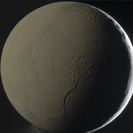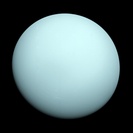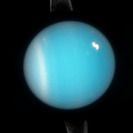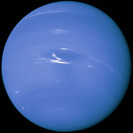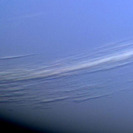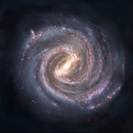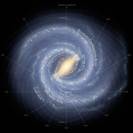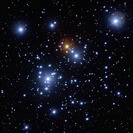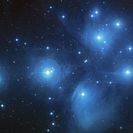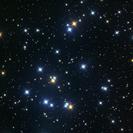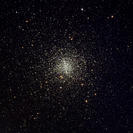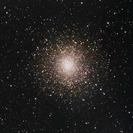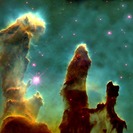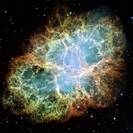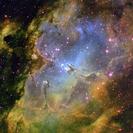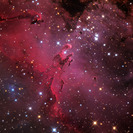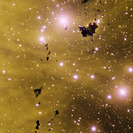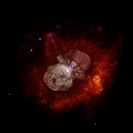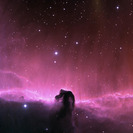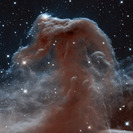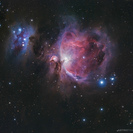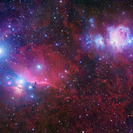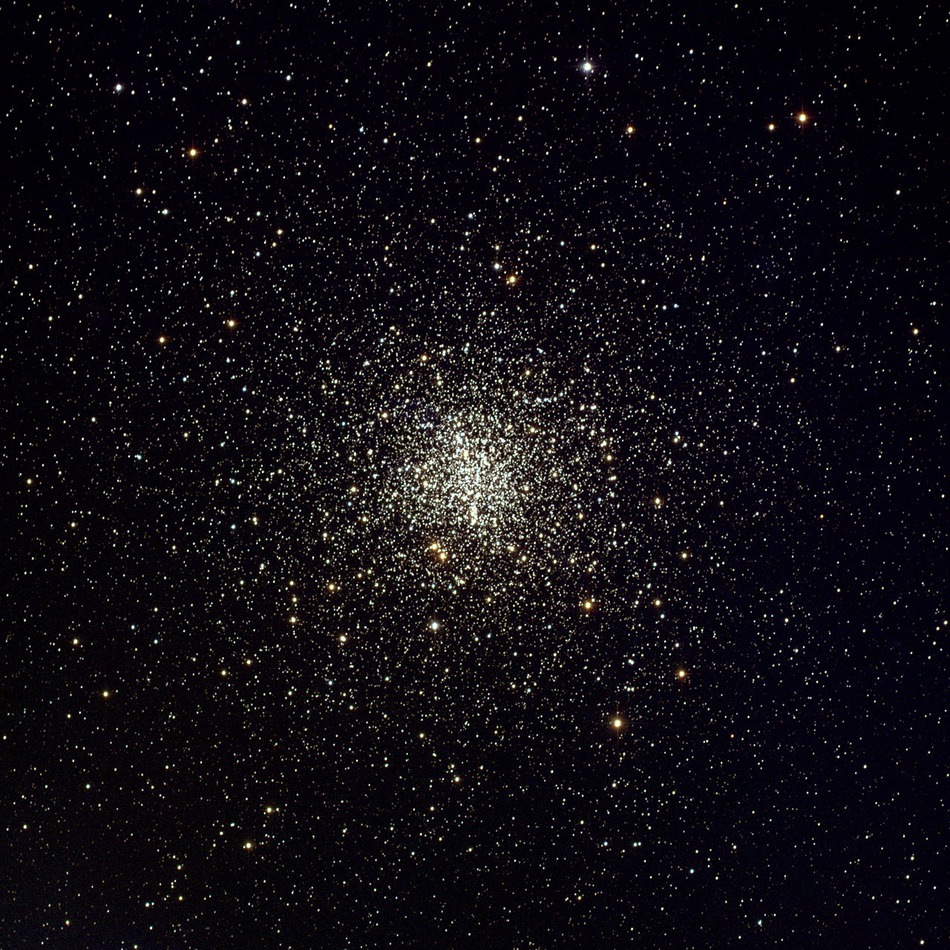Globular clusters are almost spherical conglomerations of stars that are not part of their host galaxy but orbit around it. They normally contain hundreds of thousands of very old stars of an age of several billion years. In contrast, open clusters (the second type of star clusters) are normally much less dense and considerably younger since they disintegrate after some hundred million years.
M4, in particular, is estimated to be 12.2 billion years old. It is 6700 light years distant from Earth, has a mass of 67000 solar masses and a diameter of approximately 75 light years. Even with the smallest telescopes you can see M4 as a fuzzy ball of light, provided you have a clear sky available devoid of light pollution. If you want to experience a better view, so as to also recognise single stars, you need to get a telescope with a 6 inch aperture that enables you to see many details of this beautiful star cluster for yourself!

